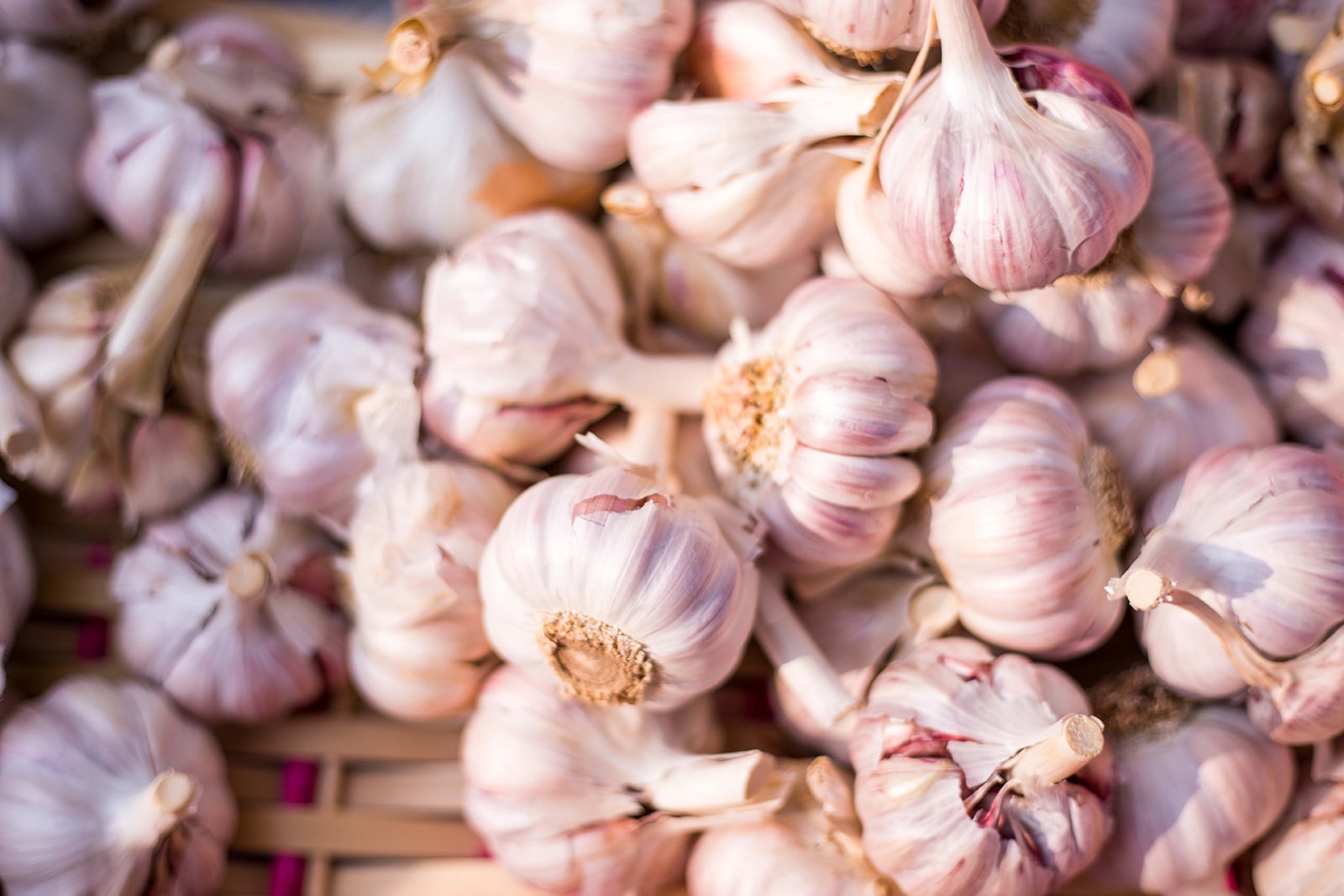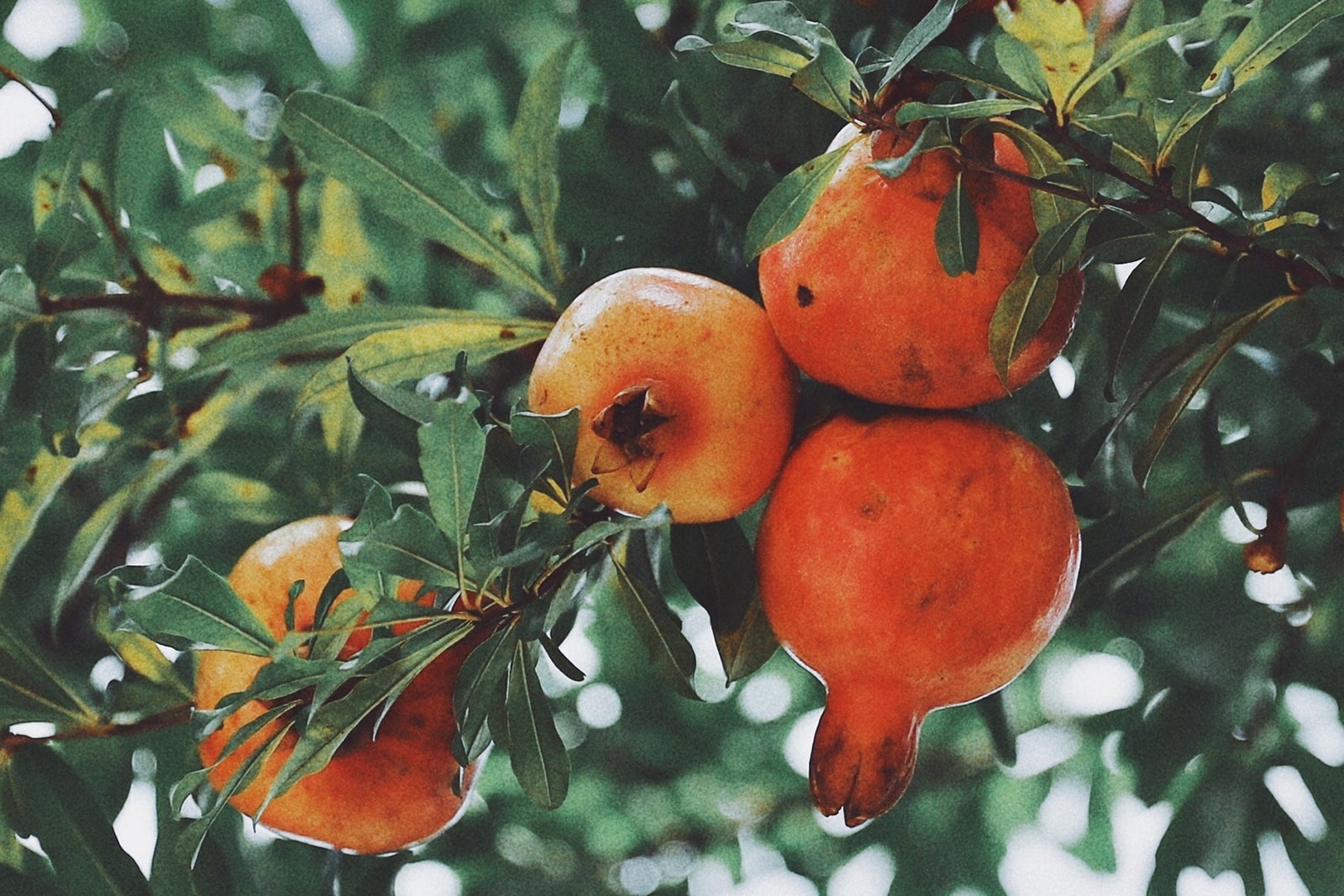Garlic (Allium sativum)
Garlic (Allium sativum)
Fun fact: Garlic is an edible bulb from the lily family. Yup, as in the flower.
Garlic Allium sativum is affectionately known to herbalists as “the stinking rose.” for centuries, there has been many traditional medicine uses for garlic. Uses include treatment of skin conditions, immune support, antimicrobial, and even to reduce risk for cancer and heart disease. In fact, Garlic’s reputation is so strong in this area, it is one of the most widely studied herbal supplements for its beneficial effects on the heart.
Garlic contains several vitamins and minerals that support heart health, including vitamin B6, vitamin C, manganese, and selenium. But it’s the same chemicals that give garlic its pungent odor that scientists believe are the source of the herb’s heart health-promoting effects. Garlic is rich in the allicin, alliin, and ajoene—antioxidant compounds that help reduce the risk for cardiovascular disease.
There are three main health benefits of garlic that are strongly supported by science include:
- Slows the development of atherosclerosis (hardening of the arteries)
- Reduces blood pressure
- Reduces triglycerides and improves cholesterol
The amount of active compounds supplied by garlic supplements can vary because allicin is very sensitive to air and heat. For example, aging garlic to reduce its odor also reduces the allicin present and compromises the effectiveness of the product. So it’s interesting to note that studies on garlic and the cardiovascular system typically use garlic powder, oil, or aged extracts – not always when the antioxidants are the most potent.
Generally safe for most adults, taking a garlic supplement can cause heartburn, upset stomach, an allergic reaction, and breath and body odor (common with raw garlic). Garlic (especially in high doses) may impair the body’s ability to form blood clots should not be taken by persons who are preparing for surgery or who have bleeding disorders because it – ask your doctor if you’re on a blood thinner before you use a garlic supplement.
Let’s not skim over garlic’s antimicrobial properties – if you haven’t already check out my blog on using garlic to make “Fire Cider Vinegar” to help boost immunity in the winter. This stuff saved me last week when I was getting congested and run down.
Resources
- World’s Healthiest Foods: Garlic. http://www.whfoods.com/genpage.php?tname=foodspice&dbid=60
- National Center for Complementary and Integrative Health. Garlic. https://nccih.nih.gov/health/garlic/ataglance.htm
- Medline Plus. Herbs and Supplements: Garlic. (Includes information on garlic interactions with other drugs) https://www.nlm.nih.gov/medlineplus/druginfo/natural/300.html
- Karagodin VP, Sobenin IA, Orekhov AN. Antiatherosclerotic and Cardioprotective Effects of Time-Released Garlic Powder Pills. Curr Pharm Des. 2015 Nov 12. Available from: http://www.eurekaselect.com/136921/article
- Seki, T. and Hosono, T. Prevention of Cardiovascular Diseases by Garlic-Derived Sulfur Compounds. Jnl of Nutritional Science & Vitaminology (Tokyo). 2015. 61 Suppl:S83-85. doi: 10.3177/jnsv.61.S83. Date Accessed: Dec 8, 2015. https://www.jstage.jst.go.jp/article/jnsv/61/Supplement/61_S83/_pdf
- Xiong, XJ., Wang, PQ, et al., Garlic for hypertension: A systematic review and meta-analysis of randomized controlled trials. Phytomedicine. 2015 Mar 15;22(3):352-61. doi: 10.1016/j.phymed.2014.12.013. http://www.ncbi.nlm.nih.gov/pubmed/25837272
The Mighty Pomegranate (Punica granatum)
The Mighty Pomegranate (Punica granatum)
Growing up, pomegranate Punica granatum was one of my favorite winter fruits. It was always such a treat when my mom would hand me a bowl of bright red seeds!
Later on, when I had to peel my own pomegranate – let’s just say I ate less and less of it. Who wants to deal with that crazy mess?? And where do all those seeds go flying off too anyway?
Until I learned how to open one without making a mess… have you seen this video on how?
Inside a lumpy, thick-skinned pomegranate you’ll find a treasure of jewel-like arils-ruby seeds surrounded by sacs of flavorful juice. Pomegranate is both richly sweet and tart and exceptionally refreshing. Eat the arils (yup, that’s what they’re called, apparently!) by the spoonful, adding them to salads, oatmeal, or to Greek yogurt.
You’ll definitely want to check out this Pear and Pomegranate Salad recipe – it’s one of my favorites!
Pomegranate is native to the mountainous regions along the Caspian Sea, near northern Iraq and northwest Iran. For centuries, cultures around the world have used all parts of the tree—roots, bark, flowers, peel, seed and seed oil—medicinally to treat a range of health concerns, from digestive disorders and dysentery, to fever and heart ailments. Although in the West, the fruit and seed are typically used in medicinal preparations, you can make a tee using the peels and leaves quit easily.
Modern research indicates that pomegranate may be beneficial for reducing risk and supporting treatment for arthritis, certain types of cancers, erectile dysfunction, and heart disease. An antioxident compound only found in pomegranates called punicalagin is responsible for the beneficial effects to the heart and blood vessels. In fact, pomegranate has more antioxidant power than red wine and green tea!
Preliminary research shows that drinking unsweetened pomegranate juice helps improve cholesterol, lower blood pressure, improve blood flow to the heart, and may help protect against the formation of blockages in the arteries. The research is not clear how much pomegranate juice (or as a nutritional supplement) is beneficial for different people and for different health concerns.
When buying pomegranate, don’t shy away from a fruit that isn’t perfectly round or feels heavy. Unusual shape, and weight indicate a fruit that is plump with arils and juice. Pomegranates do not sweeten once picked, so you’ll want to avoid fruits that look dried out.
Resources
- Johnson, Rebecca L. & Foster, Steven et al., National Geographic Guide to Medicinal Herbs: The World’s Most Effective Healing Plants. (National Geographic Society. (2010, 2014), 249-251.
- Swanson, H. Super Natural Cooking: Five Ways to Incorporate Whole and Natural Ingredients Into Your Cooking. (2007), 80. Ten Speed Press: Berkeley, CA.
- Pomegranates and Health. (Recipes and other Resources) http://pomegranates.org/index.php?c=3
- Medline Plus. Pomegranate. https://www.nlm.nih.gov/medlineplus/druginfo/natural/392.html
- National Center for Complementary and Integrative Health. Pomegranate. https://nccih.nih.gov/health/pomegranate/at-a-glance
- Basu, A., Penugonda, K. “Pomegranate juice: a heart-healthy fruit juice.” Nutr Rev. (2009) Jan: 67(1):49-56. doi: 10.1111/j.1753-4887.2008.00133.x. Accessed on: Dec 8, 2015. http://www.medicatrix.be/download/grenade_protecteur_cardiovasculaire.pdf
- Stowe, C.B., “The effects of pomegranate juice consumption on blood pressure and cardiovascular health.” Complement Ther Clinical Pract., (2011, May), 17(2):113-5. doi: 10.1016/j.ctcp.2010.09.004. Available from: http://www.ctcpjournal.com/article/S1744-3881(10)00076-9/abstract
- Sumner Michael D., Elliot-Eller, M. et al., “Effects of Pomegranate Juice Consumption on Myocardial Perfusion in Patients With Coronary Heart Disease.”: Amer Jnl of Cardiology. (2005) 810-814. Date Accessed: Dec 08, 2015: http://www.ornishspectrum.com/wp-content/uploads/Effects-of-Pomegranate-Juice-Consumption-on-Myocardial.pdf
- Seeram NP, Aviram M, Zhang Y, et al., “Comparison of antioxidant potency of commonly consumed polyphenol-rich beverages in the United States.” J Agric Food Chem (2008), 56:1415-1422. Accessed on Dec 08, 2015: http://www.pubfacts.com/detail/18220345/Comparison-of-antioxidant-potency-of-commonly-consumed-polyphenol-rich-beverages-in-the-United-State
- Aviram M, Rosenblat M, Gaitini D, et al. “Pomegranate juice consumption for 3 years by patients with carotid artery stenosis reduces common carotid intima-media thickness, blood pressure and LDL oxidation.” Clin Nutr (2004). 23(3):423-33. Date Accessed: Dec 08, 2015: http://www.wonderfulpomegranateresearch.com/media/pdf/health/HH_2004_Aviram_ClinNutr_PJ_Consump_3Years_Carotid_021.pdf


